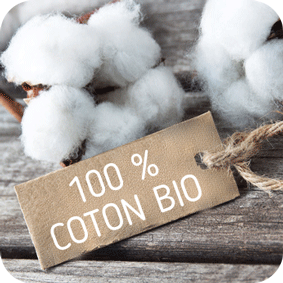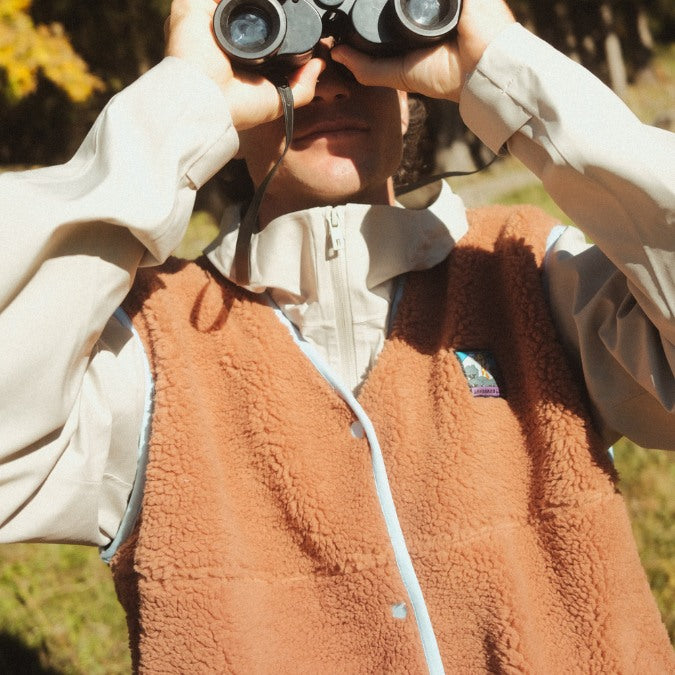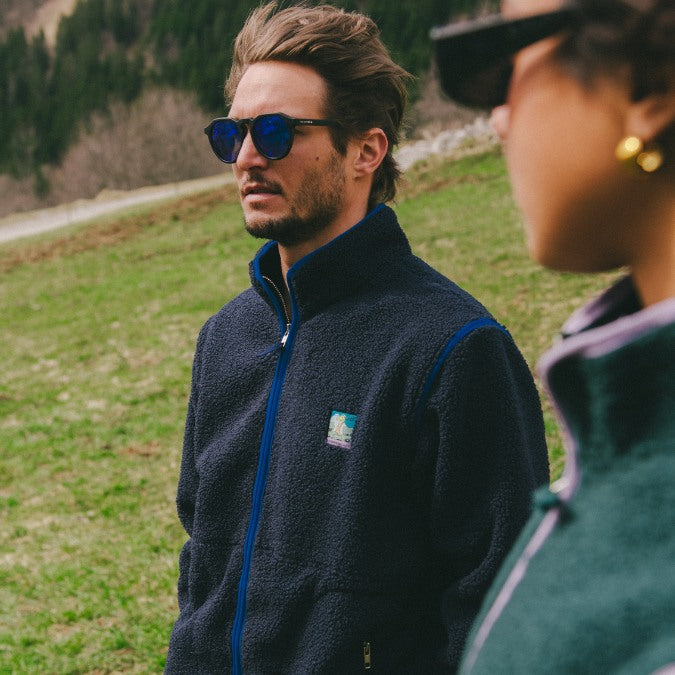The organic way of life
When you start to take a closer look at the textile industry, you quickly notice that the sector is singled out for these environmental abuses.

700 000
80 000 000 000.

Good after we will not be alarmed on simple figures. Factories have the right to make clothes, it's their livelihood, it feeds families, it's good for the economy, and for growth, I think. And we have the right to dress also at the end there! What is the problem ??
Cotton cultivation.
The problem is how these clothes are produced. The textile industry is one of the most polluting in the world. It represents between 3% and 10% of global CO2 emissions.
And it is cotton growing that is often highlighted, and logically, because it represents 40% of global textile production.
In 2016, on a compté that 64% of cotton grown worldwide was genetically modified. Pesticides and chemical insecticides are widely used in this agriculture, which is all the more creepy when you learn that it represents 2.5% of the world's cultivated areas 😵 (sources : HIS http://www.isaaa.org)
On top of that, hyper-toxic products are used during the cotton dyeing. Harsh pesticides, chlorine, ammonia, soda, sulfuric acid and all of them. And if certain dyes composed of heavy metals are prohibited in Europe, there is only very few checks when the final products are imported (mainly from Asia) to us.

And that's far from the only problem, because growing cotton also requires maximum water consumption. But really excessive water: after rice and wheat, cotton is the 3rd consumer of irrigation water!
Moreover, experts have begun to calculate the total volume of water needed by each item of clothing. And the results are quite edifying:
- to make a tee-shirt we need about 2 500 liters of water 😱
- and jean : 8 000 litres. "The big deal" as our president would say,
- a string ? I don't know, I don't have the numbers, but it must be pretty good too.
The organic cotton alternative.

Organic cotton is used by girafon bleu. because it says "organic" in it. And also because saving the giraffes without first saving the planet doesn't make sense. No planet, no animals. No animals, no giraffes. No giraffes, no giraffes.
There are 3 benefits of using this organic cotton:
NUMBER 1 : It is non-GMO. Organic cotton is grown with natural compost which will replace chemical pesticides. Same for dyes, no toxic product, no heavy metal, no harmful carcinogenic substance, only natural dyes are used.
NUMBER 2 : It saves a lot of water. In fact, the water consumption needed to grow organic cotton is reduced by half compared to conventional cotton.
And finally NUMBER 3 : He helps the producers! And that's magic: with an organic culture, they no longer have to invest in pesticides and insecticides of all kinds, which allows them to reduce their expenses, and therefore to go into less debt! Textile workers see their working conditions improve, and by avoiding contact with toxic fertilizers, their health and that of those around them also improves. It's all good. Win-win situation.

FAQ :
The label G.O.T.S
A.k.a. Global Organic Textile Standard.
This standard aims to guarantee the organic quality of textiles and thus to assure the end consumer that the product is reliable and eco-responsible.
Products girafon bleu. are, of course, labeled GOTS 😇
You can also check on the composition label of any garment: if the label's logo is present, that's good, you're a champion of sustainable fashion.
And if you want to save the giraffes AND the planet 👉 direction the product catalog.
💙🦒
peace, love & giraffes




